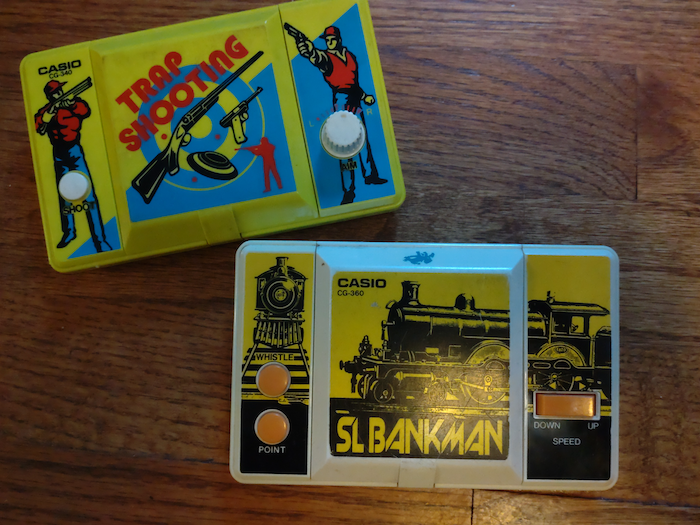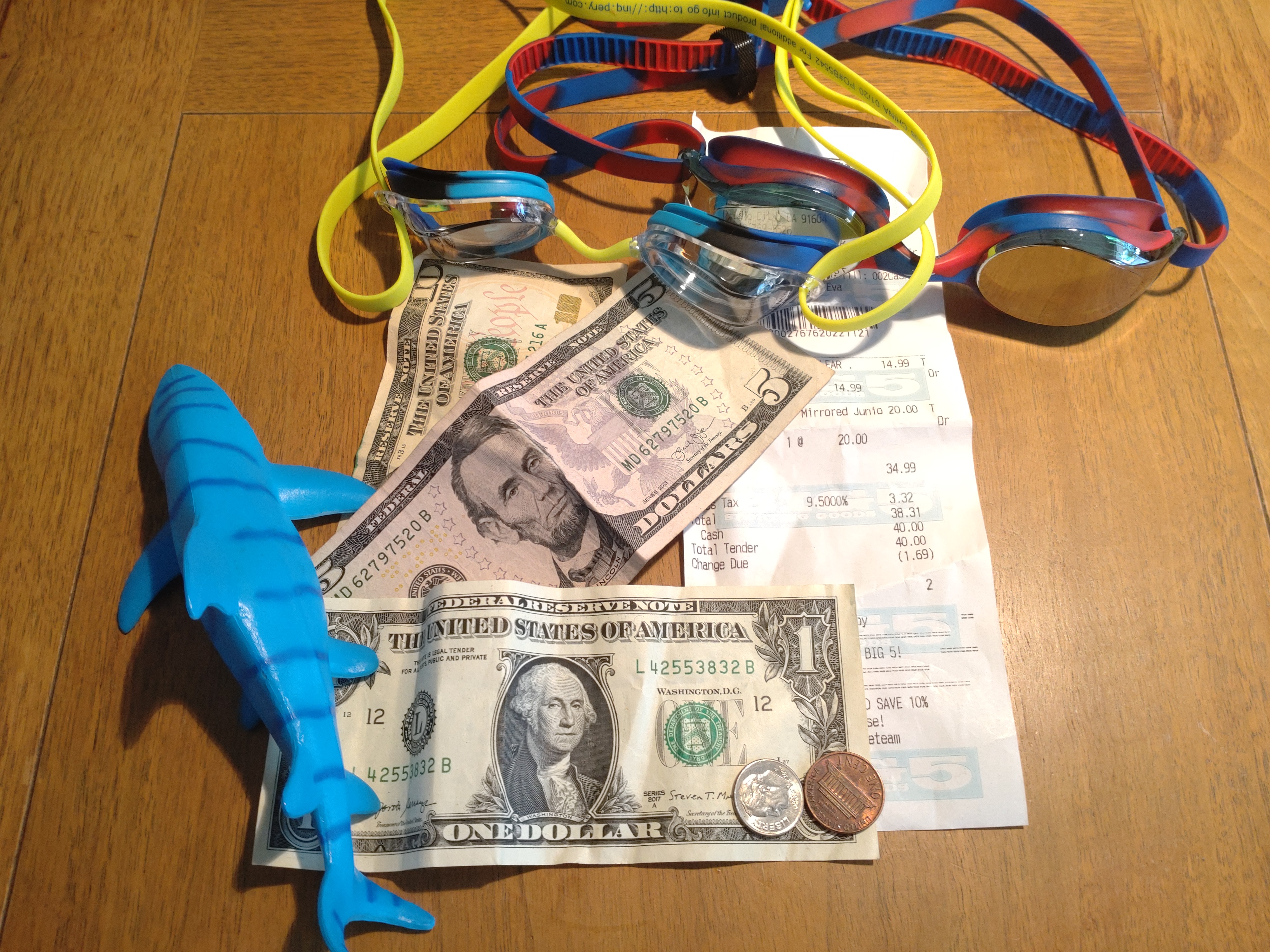Offline Gaming: Go Retro
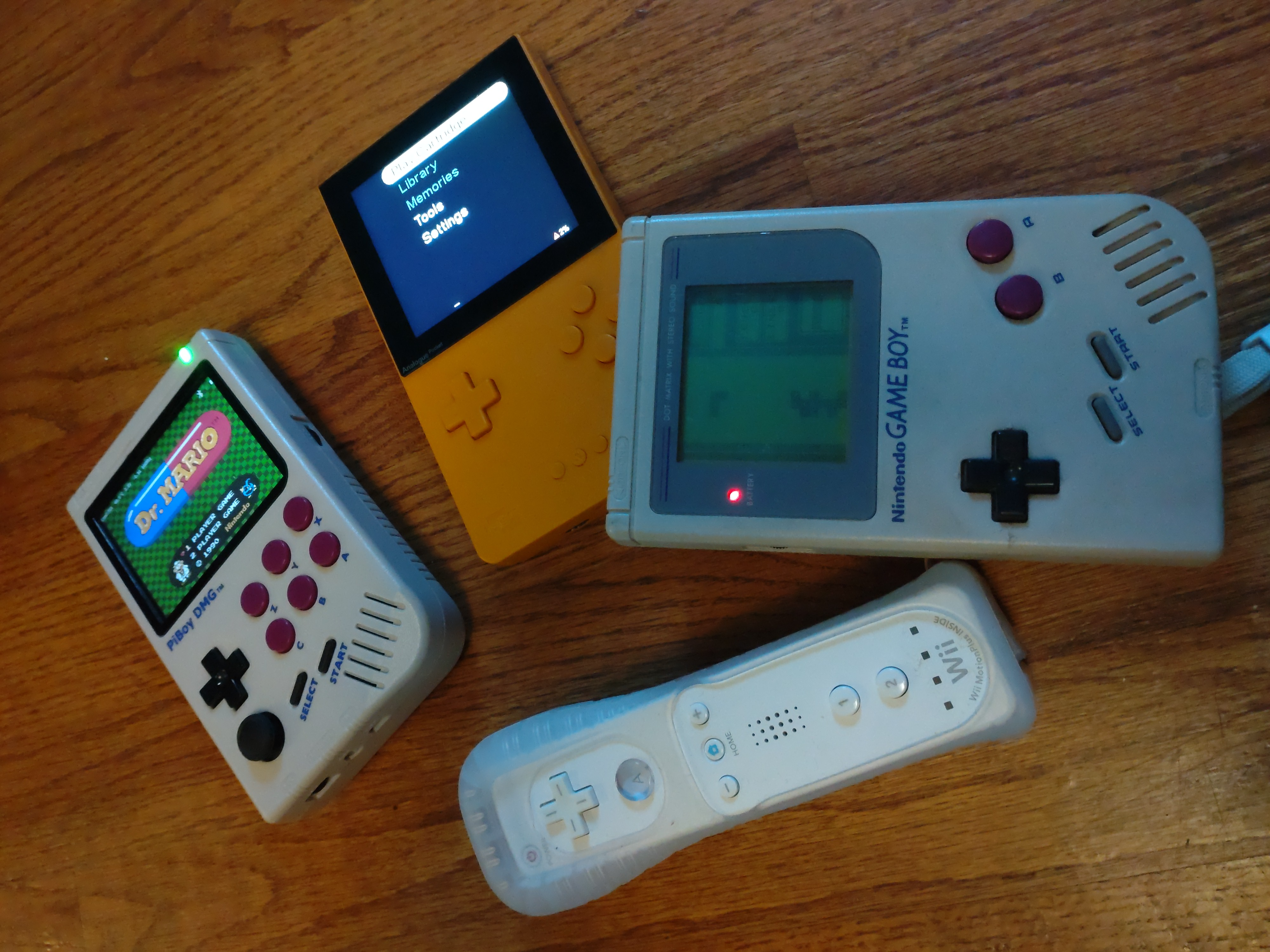
Roblox. Activision. Valve, Sony, Sega and Nintendo. These are big data companies too. They just grab your data in a different way: while you pay to play.
When personal video game consoles and PC gaming were first introduced, the model was offline. You bought a computer or a console, purchased a game (on cartridge or diskette), brought it home and played. Companies didn't track you, offer in-game purchases, analyze your playing style, or sell you upgrades to your game pack mid-play.
The paradigm changed in the early 21st century, toward connected gaming. Inspired by the 1990's trend of LAN parties and online BBS raids, companies began to offer online experiences like Blizzard's World of Warcraft. Traditional console systems began to offer such connected services as well. An entire world of eSports has spun up as a multi-million dollar industry. Online gaming is everywhere.
Fast forward to today, and you'll find a whole new era of gaming and consumer electronics, lined up to sell you more--and to profit off your data in the process. From Nintendo Switch to PS4, now you need to be connected to the Internet to play.
Unless, that is, you opt out!
Gaming Devices are Data Portals
Today's gaming philosophy is based on subscriptions and in-app purchases that have saturated the consumer electronics market. Buy an iPhone? need iTunes and iCloud subscriptions. Buy a car? Get a subscription so you can turn on the seat heater.
This allows companies to get a triple payout: you pay for the object, the subscription, and they make money off your data traces. After all, if they know what you're playing, where you're driving, and what you're listening to, they can sell you more things.
I like video games but I hate being tracked. I don't want data trails following me even in my leisure time. And I especially don't want my children's data captured in a traceable way by the gaming companies.
And oh, the tracking! You need an internet connection, or IP, and usernames. You often need bank information, credit card numbers and addresses. There's who you connect with online, which games you prefer, and how well you play first-person-shooters versus puzzle-games...
Then there are all the in-app purchases, the surprise expenses that often prey on children. Roblox has catapaulted into profit by scamming children into spending real coins alongside in-game currencies.
Plus, you can't even take your games with you or share them with people you care about. Because they are locked onto the platform, once your subscription ends the console you are left holding becomes a brick.
Beyond Nostalgia
Fortunately there is a class of gaming platform that doesn't look for more chances to steal your data: retro gaming consoles.
The point of retro gaming is not just nostalgia. It's to go back in time to a moment when gaming was literally in your hands, not Cloud connected. The games are still amazing, true classics. And the fun is still there, even for the next generation of kids.
This has a lot of implications for enjoying your games, on your terms.
When you pay for the cartridge, you own the cartridge. You don't lose access to a game just because you stopped your subscription. I can plug in and play Dr Mario today forty years after I bought it, and it still brings me joy.
You can also bequeath these systems to others. No worries about the legal question of sharing passwords or whether you can transfer access after you die (no way, says Valve's STEAM). No worries about tracking family members with passwords. Just trade cartridges or ROMs, and enjoy participating in a true sharing economy again.
You don't need to worry about systems getting "sunset" or companies bricking your device. Your game histories, avatars, purchased games are all in your control. When Nintendo announces, for instance, that they'll drop support for the original Wii, you are sitting pretty while your friends are losing their Mii's and favorite games.
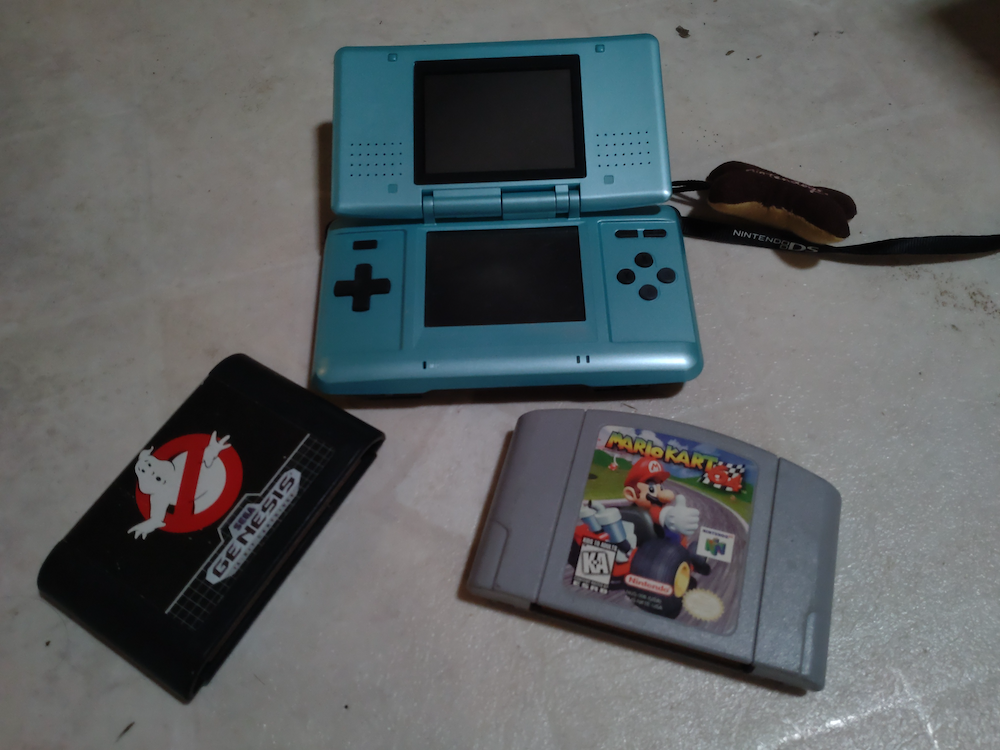
We're living in a terrific time for retro gaming. Most of the games you can think of are available online as "ROMs" (basically, the program) for downloading. There are a lot of emulators, software environments that pretend to be ('emulate') the old consoles so that the old software can even run. There are hobby DIY systems, elegant new tools, instructions for hacking devices, and old-school systems and cartridges flooding eBay.
You don't need an old-school console to play disconnected video games anymore. Today's technique is all about the emulator. This is when your computer runs a virtual environment, like a mini machine, in which it can access and run old files and applications.
You can get emulators for a lot of things these days, but the gaming ones are especially great because they don't lock you in to one system. Unlike the old days when you had to choose -- Sega? Atari? Nintendo? -- now you can run all the old games on a single device.
Here are a few of my favorites, ideas we've tried out to bring gaming back into our hands.
Full-DIY: The PiBoy DMG
I had a ton of fun building ExperimentalPi's PiBoy DMB. It runs the RetroPie emulator. Bring your own screwdriver (I recommend this kit from iFixit), MicroSD card, and Raspberry Pi, which you can order separately from Adafruit. Go for a 3B+ or 4B for more power, although the Pi Zero works too.
Basically what you are purchasing (for about $140 US at time of writing) is the handheld form-factor, into which you have to put the "brains" of the gaming system. You assemble the case with its buttons, mounting the RaspberryPi on the interior. "Flash" over the operating system onto the SD card and plug it in. Flashing tells the computer (the RaspberryPi): when you start up, load the Operating System from this card! Then you are good to go.
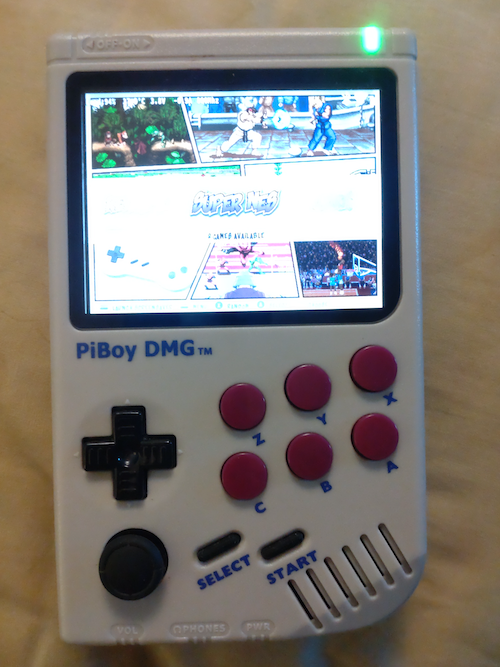
Next, get your games. You'll need to visit a website (like Retrostric, EmuGames, Vimm's Vault, even the library Archive.org, but pay attention to cookies and trackers) where they post ROMs for download. Download them to your computer and transfer them to the SD card that runs your RetroPI. You can do this by plugging the SD card into your computer and moving the files over, or using SSH or SFTP to access the RetroPie remotely.
RetroPie gives you access to a truly astonishing array of games. Go back in time to Atari, Apple II, Commodore64, and even those old upright boxy arcade games like PacMan, through to all the generations of Nintendo like SNES, Gameboy, Nintendo64, or Sega and Playstation-- it can really handle anything.
This is a fun and straightforward DIY kit to play with and try. ExperimentalPI provides lots of resources from instructions to downloads, even the diagrams to 3D print your own cases if that is your jam.
Handheld Gaming
If you like the idea of a PiDMG but don't want to build your own emulator, try out the Pocket with AnalogueOS. They want to be the new gold standard for handheld game emulators. The Pocket will allow you to load ROMs digitally onto its hard drive, but it also lets you load classic cartridges too! The back has a slot that fits a variety of different old school cartridges.
Game play is seamless, the screen quality is top notch, and I love the flexibility of being able to go physical or digital for my games.
Don't discount, though, that several software teams are now releasing new-ish handhelds that allow you to play one classic game at a time.
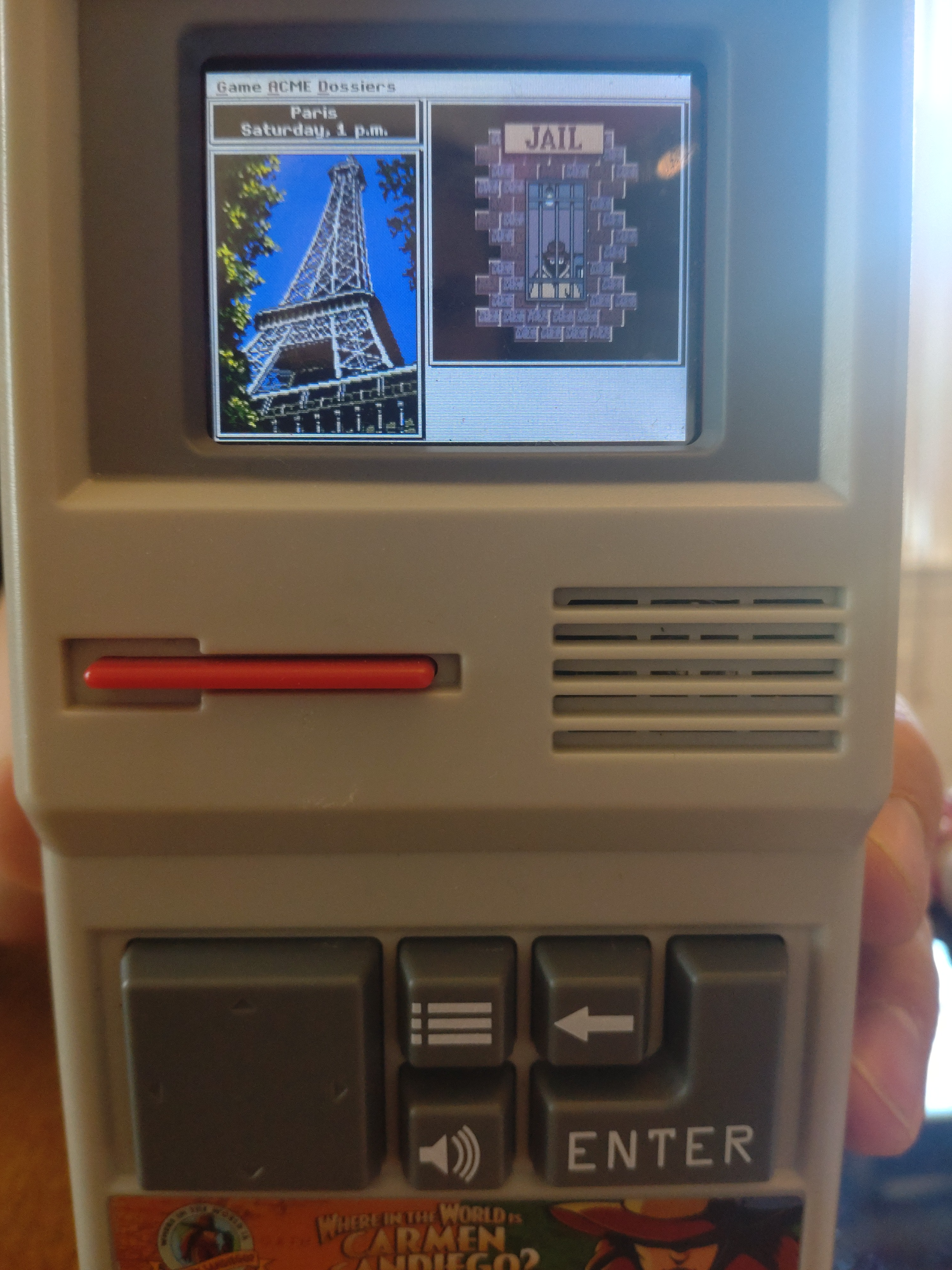
Finally tracked this V.I.L.E. henchman down in Paris!
Single-game-handhelds come with many benefits. My favorite is that they are easy to throw into a backpack or a purse for a flight or a dinner out with family. Instead of plugging the kids into an iPad, they're focusing on a single game like Donkey Kong, cheering each other on, engaging with each other and with the game, and having a blast doing it.
One of our all-time favorites is this new emulator of the best educational game ever written, Where in the World is Carmen Sandiego. This is literally available on Amazon and may be the quickest way to get offline gaming into your home. With the added benefits of teaching your child (or yourself) some geography.
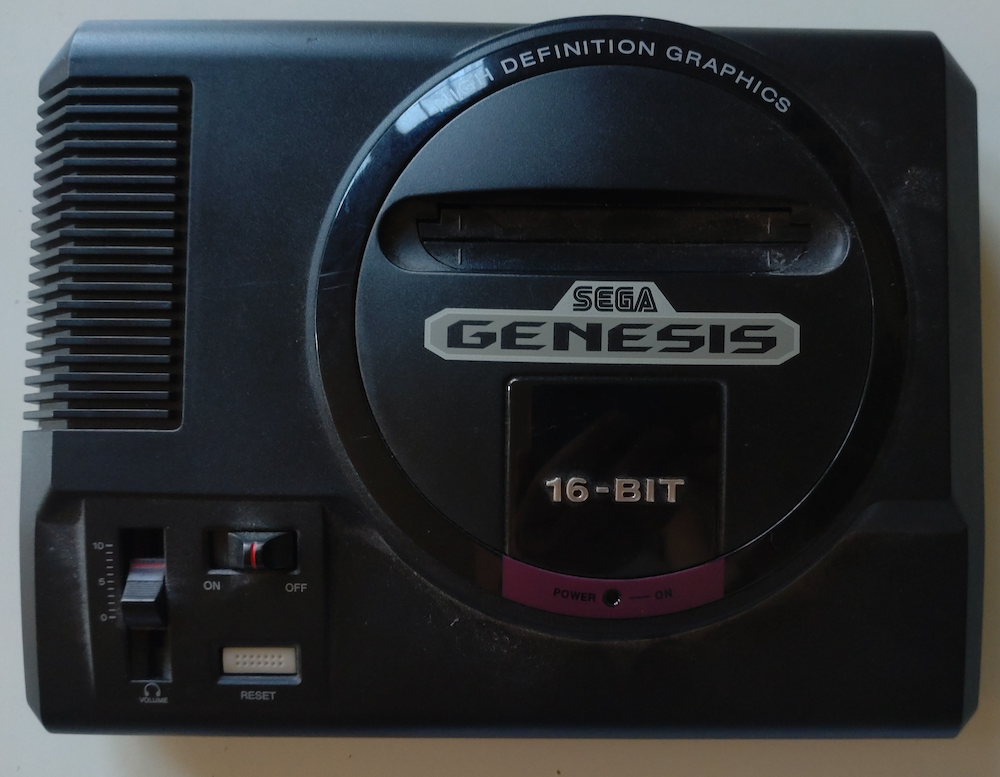
Companies are getting experimental with nostalgic releases of their old systems. We picked up a couple of the Game and Watch Super Mario Brothers handheld, when they were released by Nintendo in a limited run. You can still find versions of this up on eBay or via other resellers.
We also have the Sega Genesis Mini, an emulator released by Sega several years ago. It looks like a Sega Genesis but tiny, and plays a ton of old games (Nintendo did something similar too). Sega enthusiasts may also find the Kega Fusion interesting to try out as well.
Resurrecting and Rescripting the Classics
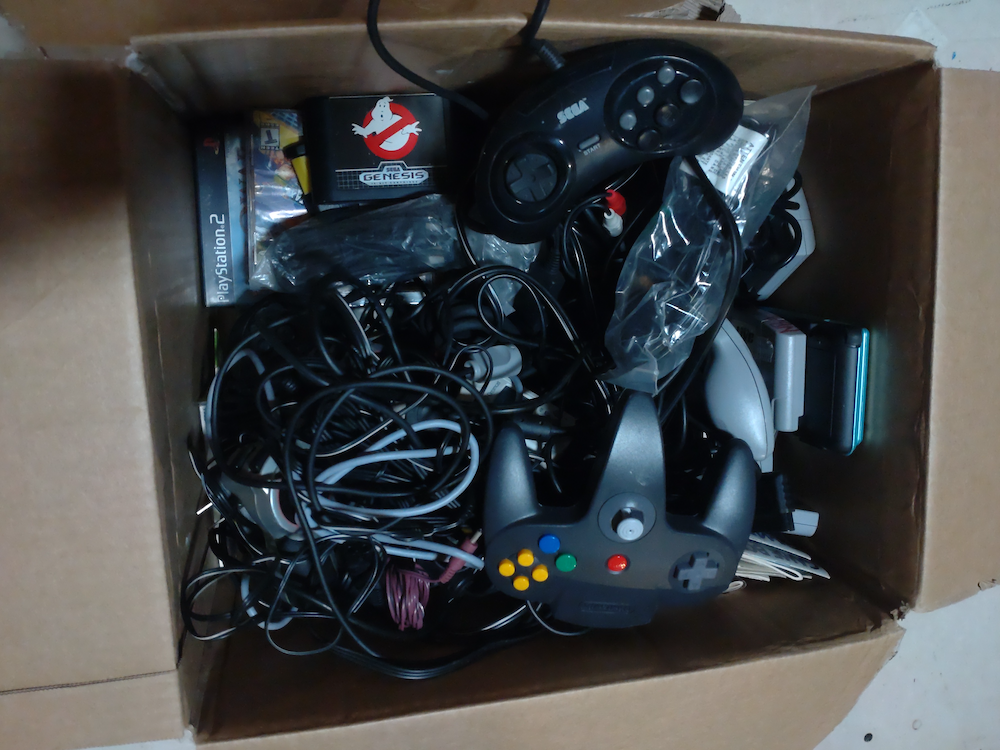
Do you have a classic system sitting the basement somewhere, or in your parents' attic? Don't assume it doesn't work anymore!
My husband recently opened an old box of keepsakes that included his original Gameboy and Sega Genesis, plus a ton of games. That Gameboy must be almost forty years old, yet with a set of new batteries it worked just like new.
Within minutes I was playing Tetris like it was 1987. Why, oh why don't we build them like this anymore? (Thanks, planned obsolescence...)
Perusing eBay or a local garage sale turns up classic systems. They may be in want of some repair, and if so iFixit's Game Console page can help you with that.
There are also hacks for more modern systems.
We have a first generation Wii we picked up second-hand 15 years ago on Craigslist and hacked it using Wii Homebrew.
Homebrew requires some Linux skills, but the documentation walks you through it. Plus there is something so cool about having to buy and play a game like Lego Indiana Jones and walk your character through a secret door to set off an exploit that hacks the entire gaming system.
It's like all those cheat codes we learned in Super Mario Bros, except this actually does something in the real world instead of skipping a level or grabbing a flute.
Contemporary Hacks
There are some contemporary games that the kids are definitely going to want to play, or that you are going to want to play too.
When it comes to online games, we always sign up with pseudonyms, with obfuscated emails, credit card numbers, and addresses. We do as much as we can to ensure that any data collected about a gamer in our home won't be connected to that same person's data in other domains: like what they're watching on Netflix or how their homework is graded on Google Classroom.
Some game systems allow you to set up and run your own server, though, and these are especially interesting to us. If you run your own cloud, then you are technically the only one with access.
We tried this with Minecraft but it is not for the faint of heart. It also doesn't really work very well as an opt out strategy.
When Microsoft bought Minecraft they made it so you have to log in through their portals to play, even if you self-host. There are at least two different forked versions of Minecraft and they make it difficult to figure out which one you need for what. Because it's Microsoft, you get caught in endless loops of Catch-22 logins. And you have to go through their 365 Portal, again and again.
So even if you are running it on a local server, it still logs in through Microsoft. Between that and the truly labarynthine set up proces. I give this setup a D, although my family loves having their own "private island" to play on together.
